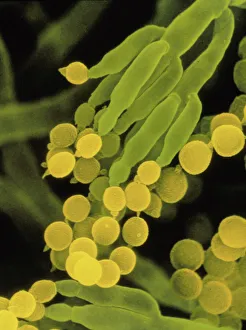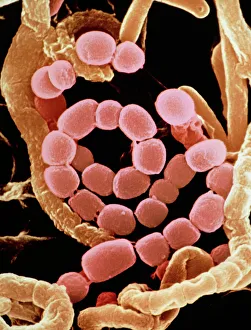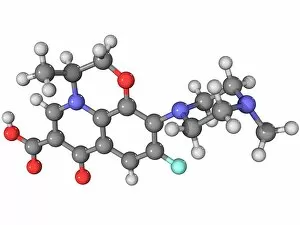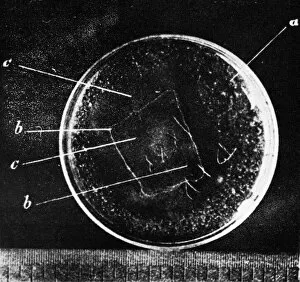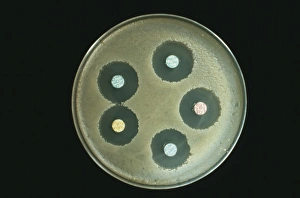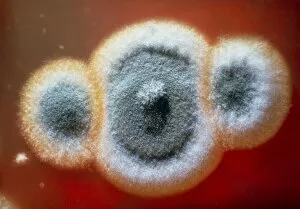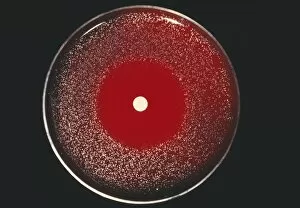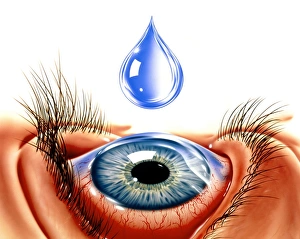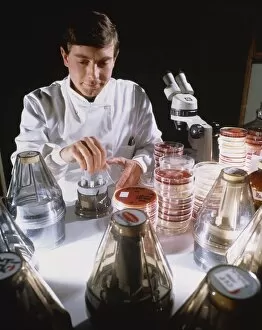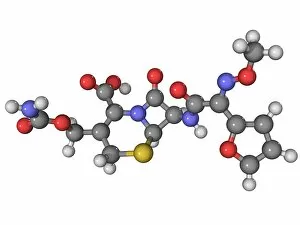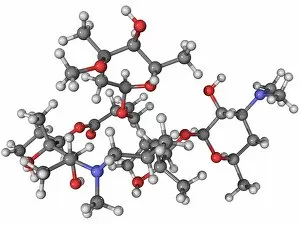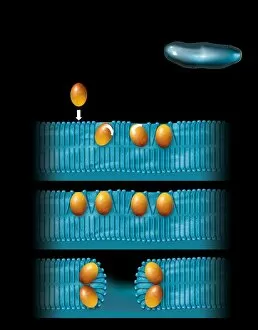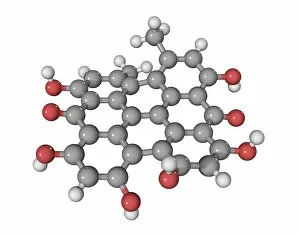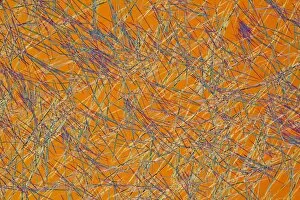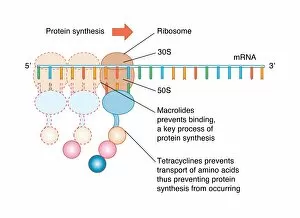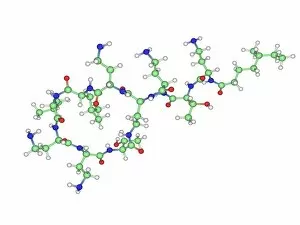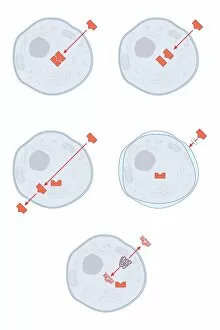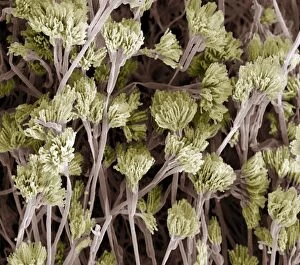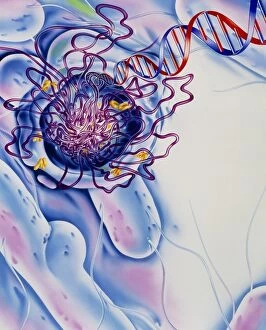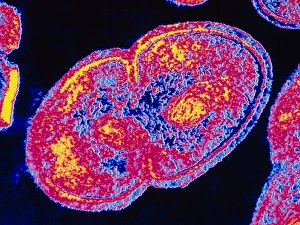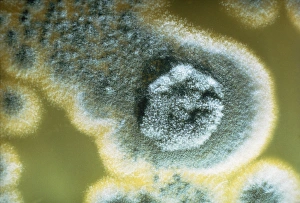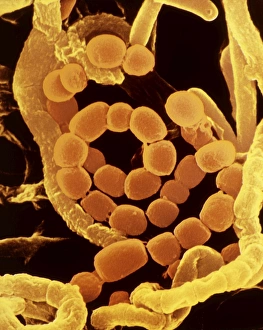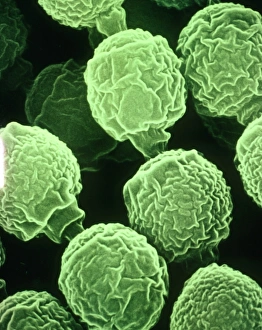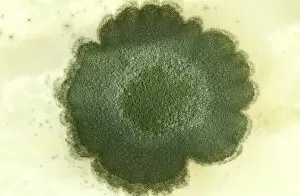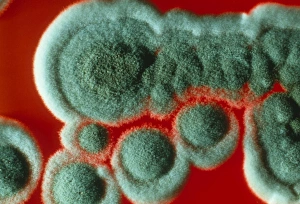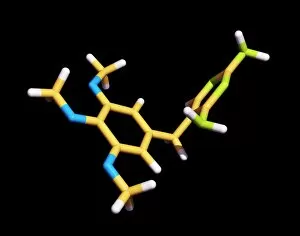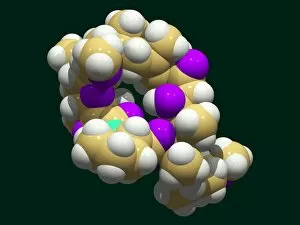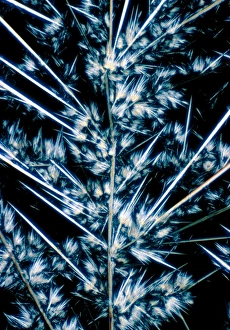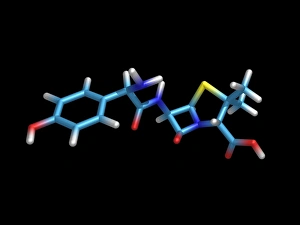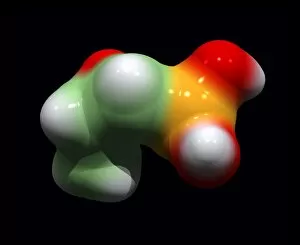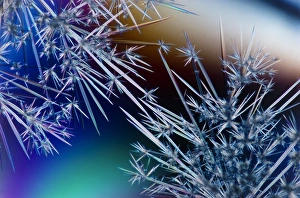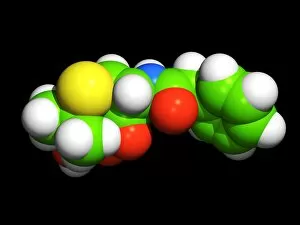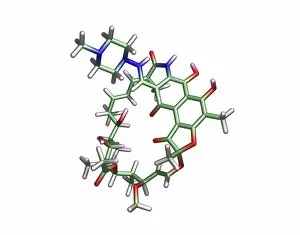Anti Biotic Collection
"Unlocking the Power of Antibiotics: From Fungi to Bacteria and Beyond" SEM of penicillin fungus: Delve into the microscopic world
All Professionally Made to Order for Quick Shipping
"Unlocking the Power of Antibiotics: From Fungi to Bacteria and Beyond" SEM of penicillin fungus: Delve into the microscopic world, where the intricate structures of penicillin-producing fungi are revealed in stunning detail. Spiral spore chain of Streptomyces bacteria: Witness nature's engineering marvel as spiral chains of Streptomyces bacteria hold the key to numerous life-saving antibiotics. Levofloxacin antibiotic molecule: Zoom in on a single molecule that has revolutionized modern medicine, levofloxacin - an essential weapon against bacterial infections. Antibiotic action, historical image: Step back in time with a captivating historical image showcasing scientists unraveling the mysteries behind antibiotic action, paving the way for medical breakthroughs. Anthrax antibiotics research: Explore cutting-edge research aimed at combating deadly diseases like anthrax through innovative antibiotic development strategies. Penicillium chrysogenum fungal culture: Marvel at a vibrant culture of Penicillium chrysogenum, one of nature's most potent sources for producing life-saving antibiotics. Red blood cells and molecules, artwork: Immerse yourself in an artistic representation depicting red blood cells and antibiotic molecules working together to combat human diseases and restore health. Human diseases under threat: Understand how antibiotics have transformed our ability to fight off dangerous infections that once posed grave threats to human health worldwide. 9 & Antibiotic capsules (x2): Symbolizing hope and healing encapsulated within these tiny pills – they represent mankind's triumph over infectious diseases through effective antibacterial treatment options. Whooping cough antibiotic research : Discover ongoing efforts by dedicated researchers striving towards finding new treatments for whooping cough using powerful antibiotics. Eye with conjunctivitis : Peer into an inflamed eye suffering from conjunctivitis - highlighting how targeted use of antibiotics can alleviate discomfort and restore clear vision.

